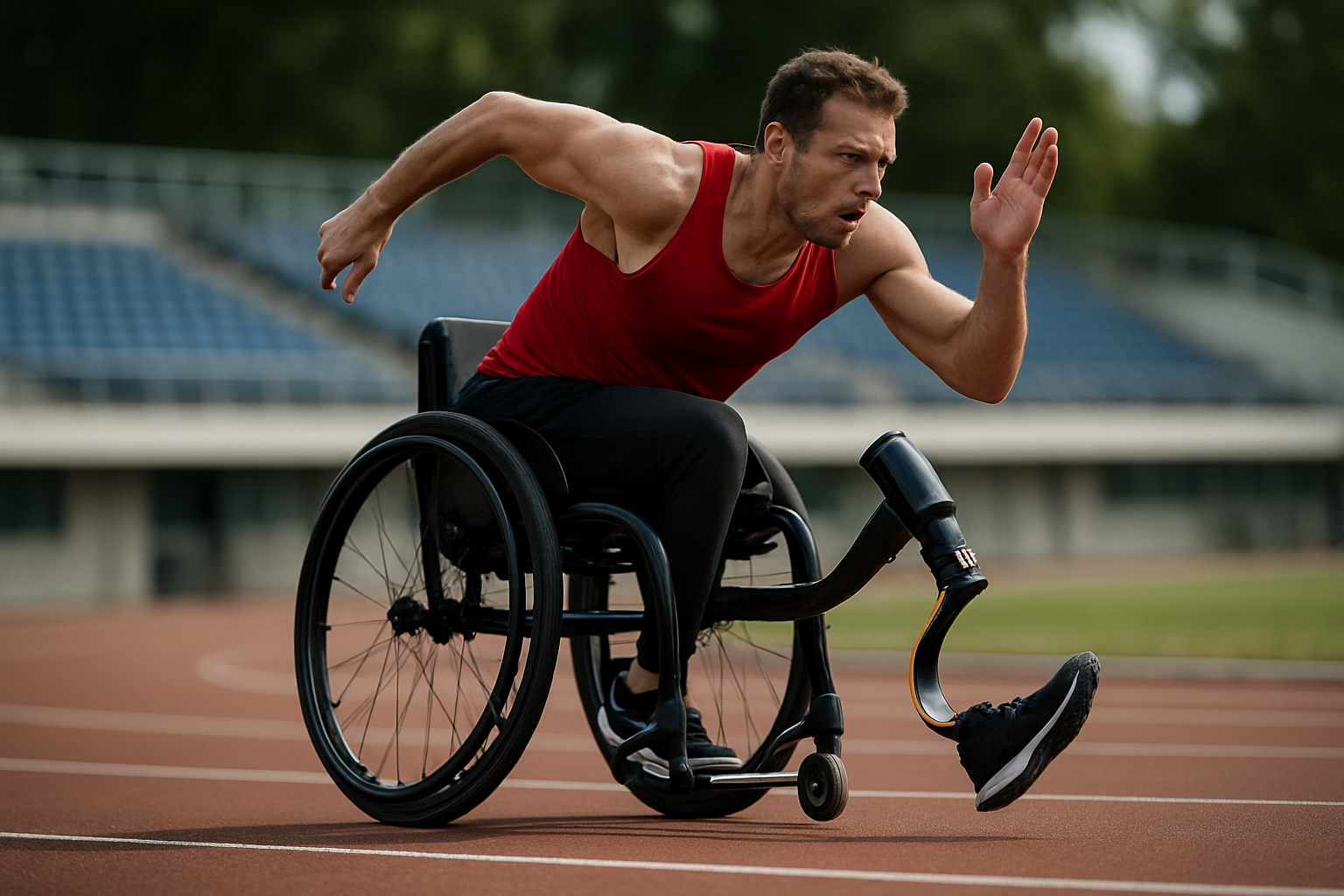Breaking Barriers: A Dive into the World of Adaptive Sports
What does it mean to be an athlete? This question has been subject to various interpretations over the years. However, the rise of adaptive sports has redefined the concept of athleticism, proving that physical prowess is not bound by limitations. This article delves into the world of adaptive sports, a realm where determination and resilience reign supreme.

The Genesis of Adaptive Sports
The origin of adaptive sports traces back to World War II when Sir Ludwig Guttmann, a neurologist, introduced sports as a form of rehabilitation for injured servicemen. It began with a few wheelchair sports like archery and basketball. Today, adaptive sports encompass a broad spectrum of activities, from skiing to sailing, and have become a significant part of the Paralympic Games.
The Growing Popularity and Acceptance
In recent years, adaptive sports have garnered substantial attention and acceptance. The Paralympic Games, now nearly as recognized as the Olympics, is a testament to this growing popularity. This acceptance has been instrumental in breaking stereotypes, fostering inclusivity, and proving that disability is not an obstacle to sporting prowess.
The Impact on Athletes
Adaptive sports provide a platform for athletes with disabilities to showcase their skills, competitiveness, and grit. It’s not solely about physical fitness; adaptive sports bolster mental resilience, self-esteem, and social integration. It’s about reclaiming power, defying odds, and rewriting narratives.
The Science Behind Adaptive Sports
The success of adaptive sports hinges on innovative equipment design and sports science. From wheelchair rugby chairs to prosthetic limbs for runners, the technology in adaptive sports is continually evolving. Sports science has played a pivotal role in understanding the unique physiological demands of these athletes, enabling them to optimize their performance.
The Challenges and the Future
Despite the strides made, adaptive sports still face challenges. Accessibility, inclusivity, and funding are some of the issues that need addressing. However, the future looks promising. With the increasing visibility of these sports and the athletes’ indomitable spirit, adaptive sports are set to redefine the landscape of athleticism.
In conclusion, adaptive sports have not only redefined athleticism but also championed the spirit of resilience and inclusivity. It’s a testament to human spirit and determination, proving that being an athlete is not about physical prowess alone but also about the will to overcome obstacles. The world of adaptive sports is a testament to the fact that limitations exist only in the mind.






